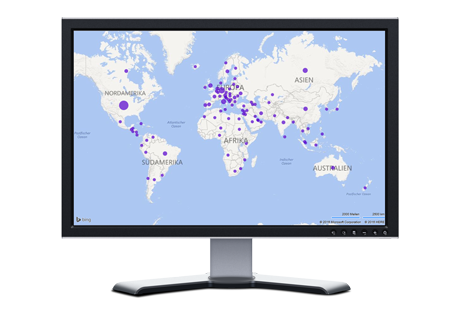AV-Comparatives Security Survey 2020 published
Every year AV-Comparatives conducts a security survey asking users their opinion and preference on security products. In our global survey we ask users on various security related topics. The opinions and preferences from the end user community provide us with valuable feedback. The results help us increase the relevance and value of anti-virus software testing. We want to thank all who join the surveys and spend their time to complete them.
The security survey can be seen here. Download PDF here.
Highlights of this year’s survey
- Microsoft’s own antimalware program, Windows Defender, has increased a lot in popularity, especially in North America.
- There was a small increase in the number of users who were well protected over the last 6 months, now at 89%. Almost three quarters of these had encountered malware within this time frame, but were protected by their security product.
- Windows 10 usage has continued to increase, with 4 out of 5 users making it their principal operating system.
- Chrome remains the most popular browser, with getting on for half of users making it their first choice. In second place comes Mozilla Firefox, used by over a third of respondents. Despite the increase in Windows 10 usage, under 6% of respondents use its Microsoft Edge browser.
- VPN usage was similar to last year, with getting on for half of respondents using a VPN product.
- AV-Comparatives remains the most trusted antivirus-testing labs among respondents.









